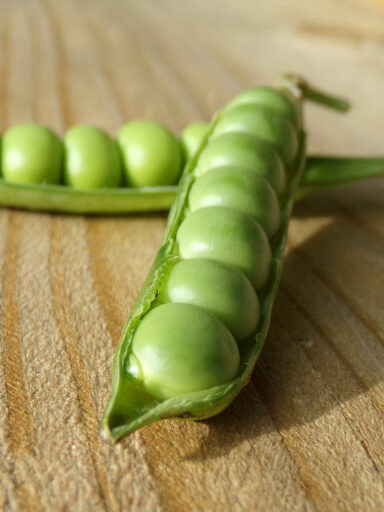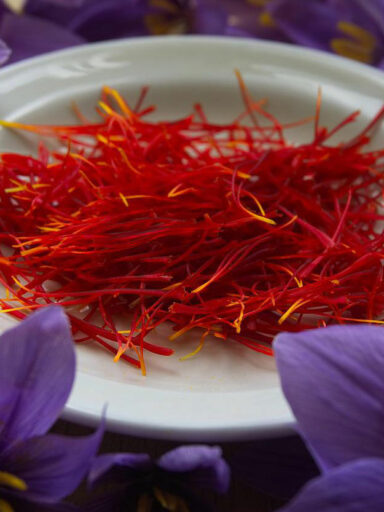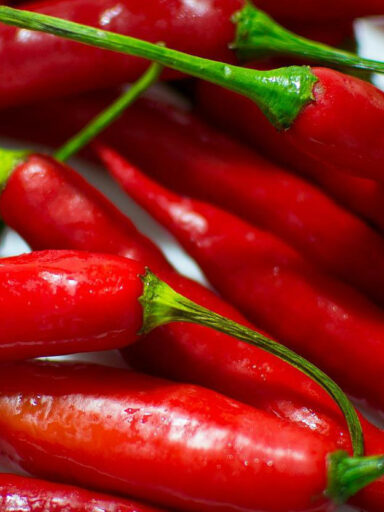Parsley is a fragrant rich biennial herb is native to the Mediterranean region more precisely the regions around southern Italy, Greece, Algeria, and Tunisia. It is widely cultivated as a herb, spice, and vegetable depending on the demands of the recipe.
The plant has dark-green leaves that look like coriander leaves but are generally larger and less mild. It is most popular in Middle Eastern, Mediterranean, European, and American cuisines.
Parsley grows to a maximum of about 30 inches in the second year. The leaves form a rosette about 10–25 cm long with numerous 1–3 cm leaflets. It also has a taproot used as a food store over the winter months. The root looks similar to white carrots.
This herb grows best in moist, well-drained soils with plenty of sunlight. Both fresh and dried parsley produce is available in the markets all year round. Fresh leaves are preferred as they are richer in flavor and nutrients such as vitamins, minerals, and antioxidants.
Fresh plants usually have a firm stem and vibrant glossy leaves. They should not have any mold, dark spots, or yellow coloration on them.
Fresh parsley should be stored in the refrigerator in a zip lock bag or wrapped in a slightly paper towel. This should keep them fresh for a couple of days.
The dried leaves can keep well for a few months if stored correctly in airtight glass containers in a cool, dark, and dry place.
Uses of Parsley for Culinary Purposes
Parsley should be washed thoroughly in cold running water to remove sand, dirt, and any pesticide residue. The plant can also be swished in a large bowl with salty water. The roots are then trimmed together with the thick parts of the stems.
Root parsley is a very common European cuisine, and it is used as a vegetable in many types of soup, stew, and casserole dishes. The curly-leaf parsley variety is commonly used as a garnish. Parsley is usually added at the last stages of cooking to retain the most amount of flavor.
Freshly chopped leaves can be added to vegetables or green salad. It is also used as an ingredient in pesto, dips, salsa, and chutney among others. It is also one of the common ingredients in the popular Mediterranean green sauce also known as salsa verde. This is a cold sauce made of anchovies, capers, garlic, onion, olive oil, parsley, and vinegar.
Nutritional Benefits of Parsley
This herb contains just 36 calories per 100 grams. It contains no cholesterol or fat but is a good source of dietary fiber. It is rich in antioxidants, vitamins, and minerals too. It also contains essential oils such as Eugenol.
Parsley is rich in vitamins such as vitamin A, vitamin C, and large quantities of vitamin K making it the best herbal source for this vitamin. The B-complex vitamins are also found in this herb and they include folates, niacin, pantothenic acid, pyridoxine, riboflavin, and thiamin.
The plant is also rich in potassium, calcium, copper, iron, and magnesium. Others include zinc, phosphorus, and manganese.



